This is the Rocketeer. This week, I’m going to show you some art from the inside of the pulp magazines of the 1920’s-1940’s. People sometimes get confused about the differences between illustrated books, graphic novels and picture books. So let’s begin there. Illustrated books usually include a few illustrations, not too many. There is usually a frontispiece at the beginning and an end piece at the end. Between these you will often see small decorative illustrations with the chapter headers and also a few interior illustrations that can be in black and white or color. Pulp magazines followed this pattern. There was usually a splashy illustration at the beginning, sometimes referring to a scene later in the story (and this was often noted in the caption.) Then either a few small spot illustrations peppered through the story or one or two large illustrations.
Graphic novels are essentially glossy comic books. They highlight the visual aspects of the story with minimum text. Picture books also highlight the illustrations but for a different reason, they are for young children and their stories are quite simple.
Magazine illustrations in mainstream (slick) magazines go all the way back into the late 19th century and were often quite sophisticated. Whether the medium was lithography, pen & ink, or color we see some incredibly good illustration work show up in magazines. From the 1940’s-1960’s advertising and illustrative art so often good that we’d be proud to hang on it on our walls today.
Interior magazine and book art often had a bad reputation as being uninteresting as it is frequently in black and white. But printing processes improved and became cheaper, mainstream magazines moved more and more towards full color. However this was not true of the pulps. Cost was a big factor for them, they were producing magazines in great numbers and quickly. Hence black and white interior art for them. Even after the pulp genre petered out in the early 1950’s, some of the remaining magazines—Analog and Amazing Stories for example, continued with the tradition of black and white interior art.
During the earlier decades of the pulp era, readers enjoyed the illustrative enhancement to the stories in a way that I’m not sure readers would today. The reason for this is that we are so accustomed to elaborate color artwork today. There seems to be a movement with self-published authors right now to use A.I. to concoct colorful artwork for their books. This trend has bad implications, not only for human illustrators but also for the future of book art, in my opinion. But that’s a topic for another time.
Although there was some cross-over in general, genre pulp magazines kept to their own lanes artistically. The artwork was often middle of the road, good but not great. The greatest departures in style were seen in the Science Fiction and Love pulp magazines. But as pictures are worth a thousand words here are some examples per genre to explain what I mean. And at the end, I’ll show you a few of my “pulp-style” pen and ink pieces that stylistically honor the genre.
And here are a few of my own illustrations in a pulp art style.
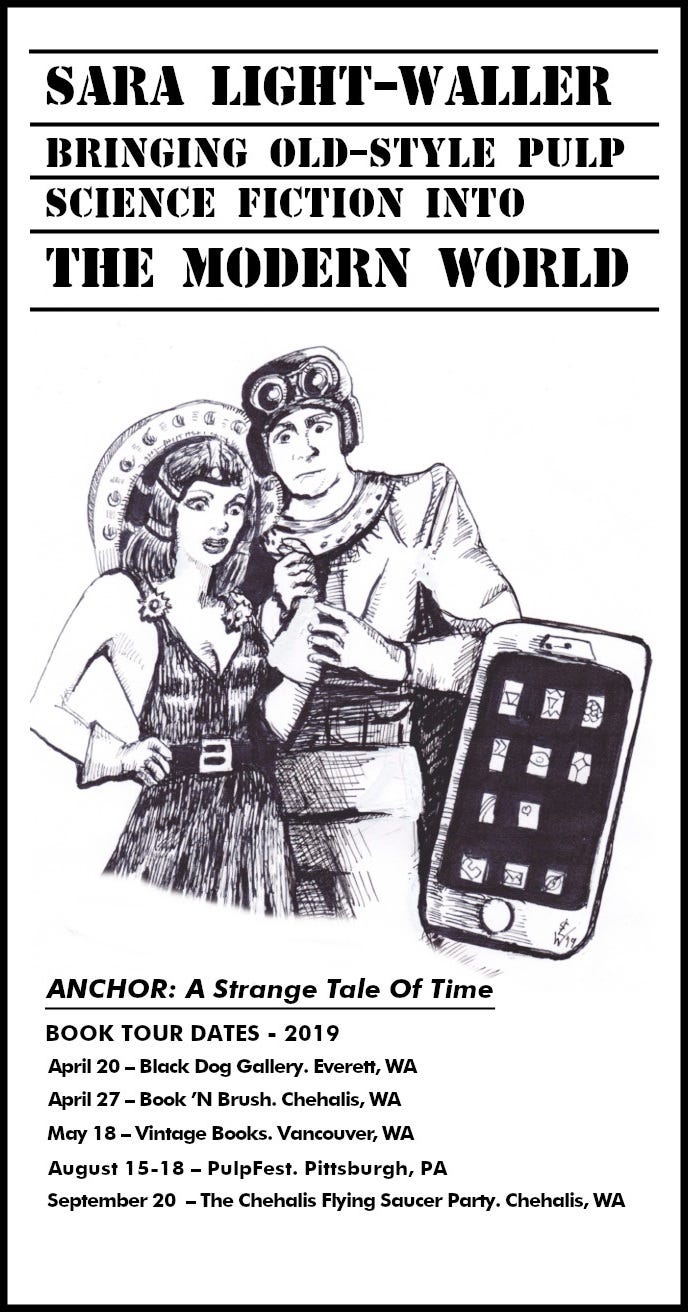
This is the Rocketeer signing off for today.


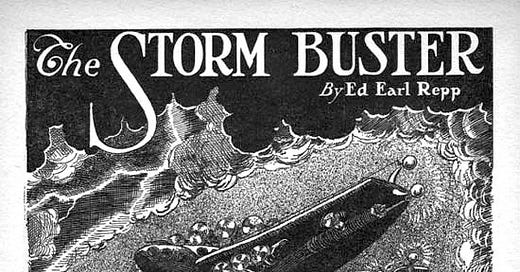





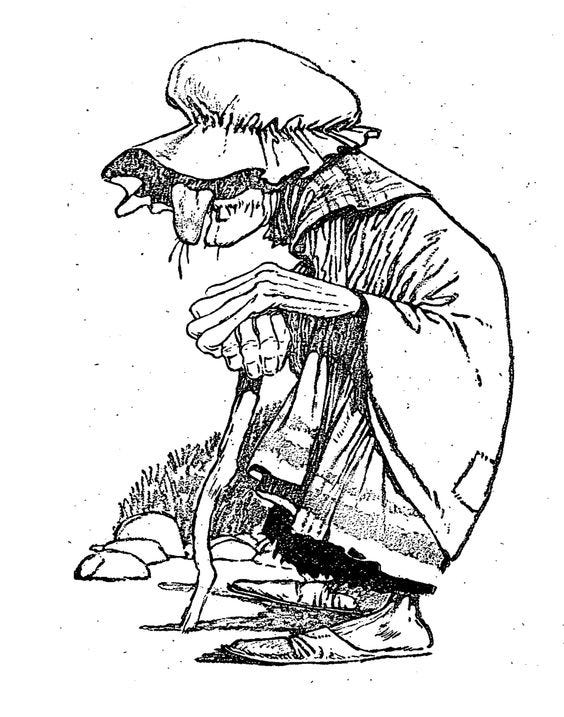
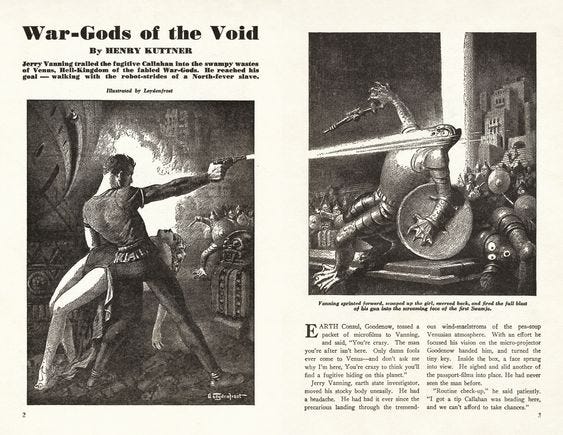
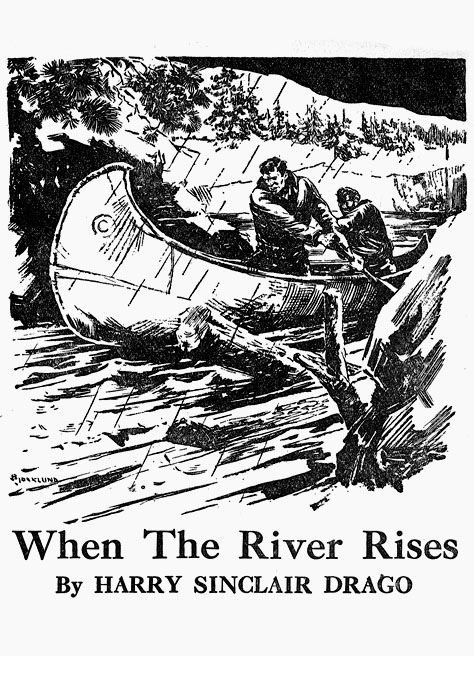
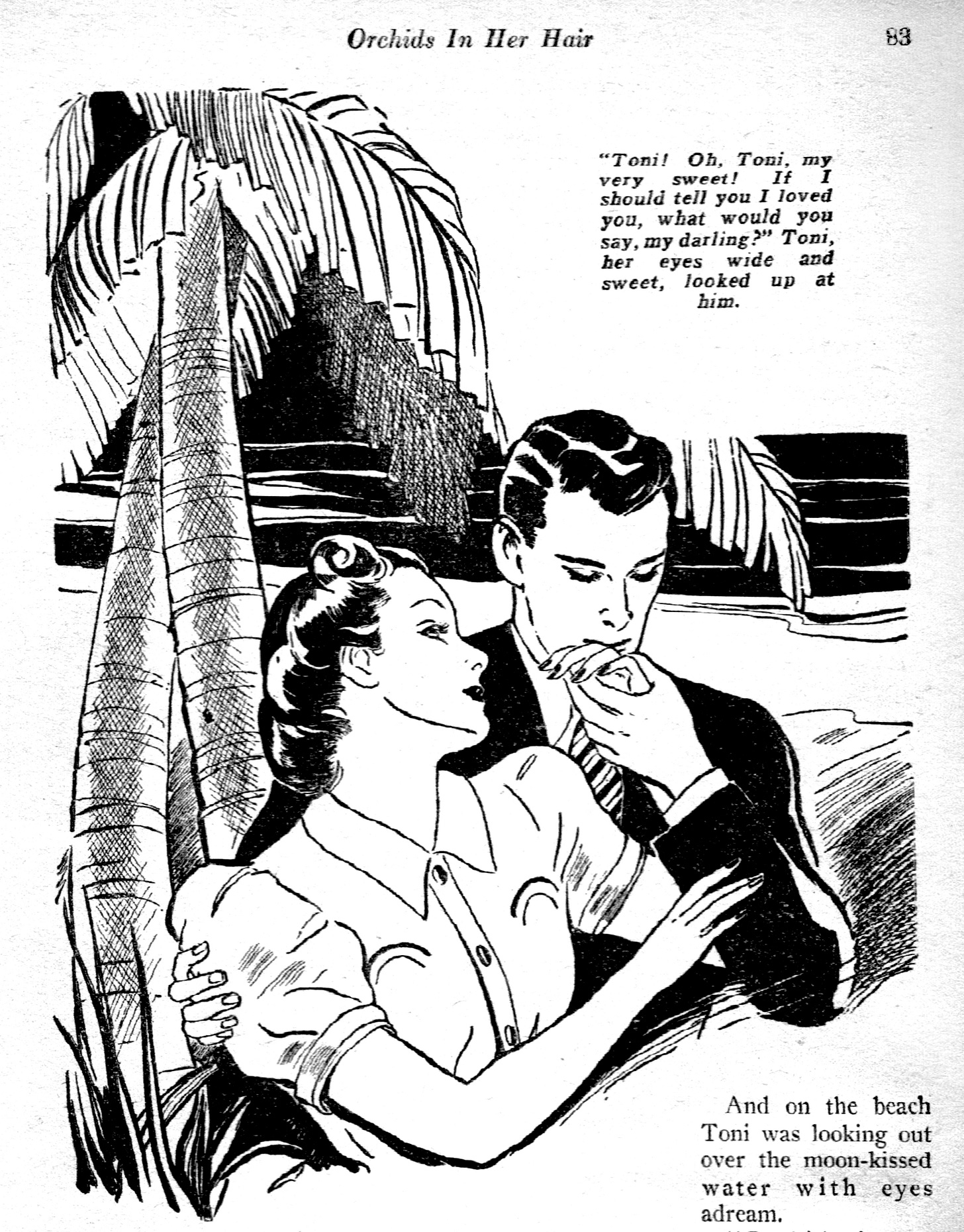

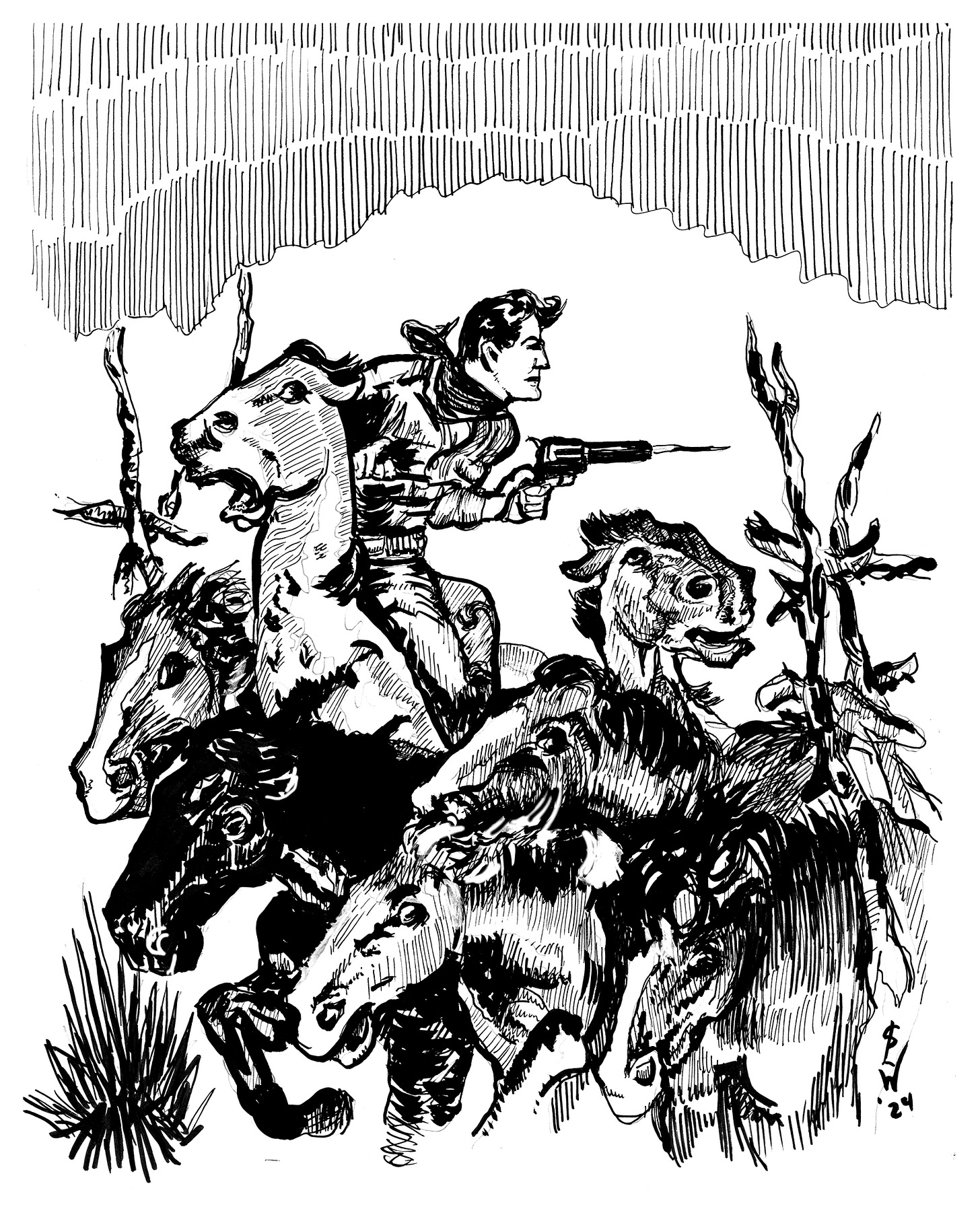

Yet to finish Jack Vance's Dying Earth series because I paid over $200 for the Underwood-Miller signed and numbered illustrated by Stephen Fabian volume of Cugel's Saga.
I have a few books and comic books I've yet to read for that reason...
Labels like Epic Illustrated bridged the gap in the literary world to comic books inspired by the pulps. Heavy Metal was similar, as far as the more popular titles go.
I have a few books that are practically comic books in that format when science fiction and fantasy tried frame to frame out a bit. The Illustrated Roger Zelazny being one. Some Larry Niven and Gordon R Dickson.
ANYWAY...
My boy Stephen Fabian did LOTS in that style. And I'm a sucker for the nice editions, although thankfully I acquired many a handful of years ago before the market got more strained. Usually estate sales they'll pop up. Too bad a lot probably go to thrift stores in that situation as well. Most of those outlets don't know how to protect books during shipping, but they'll still charge a pretty penny!